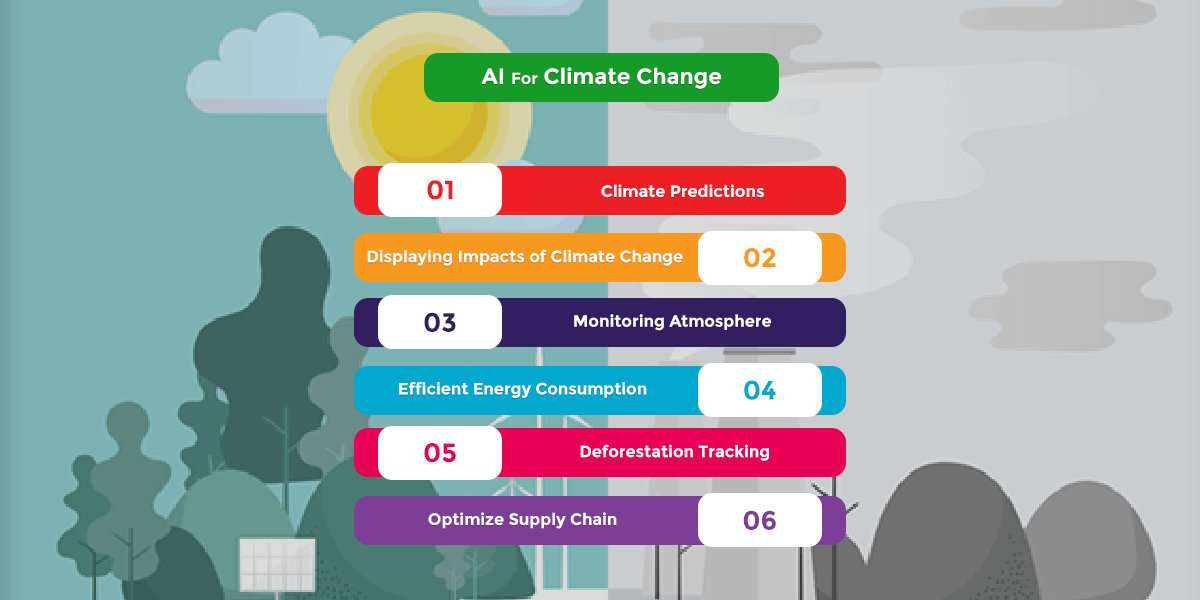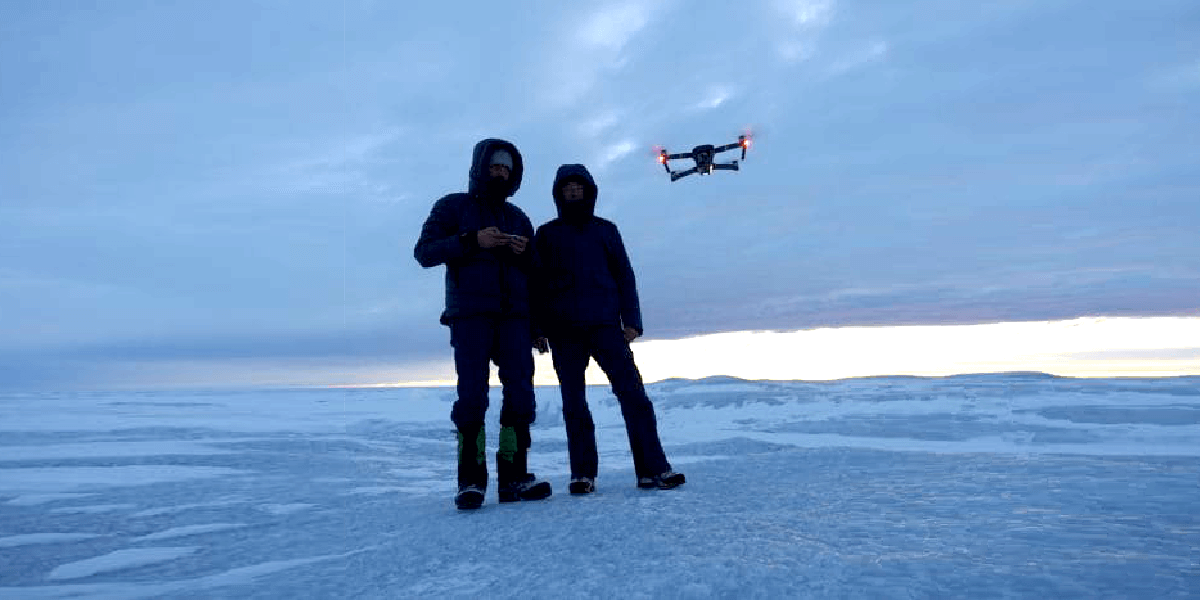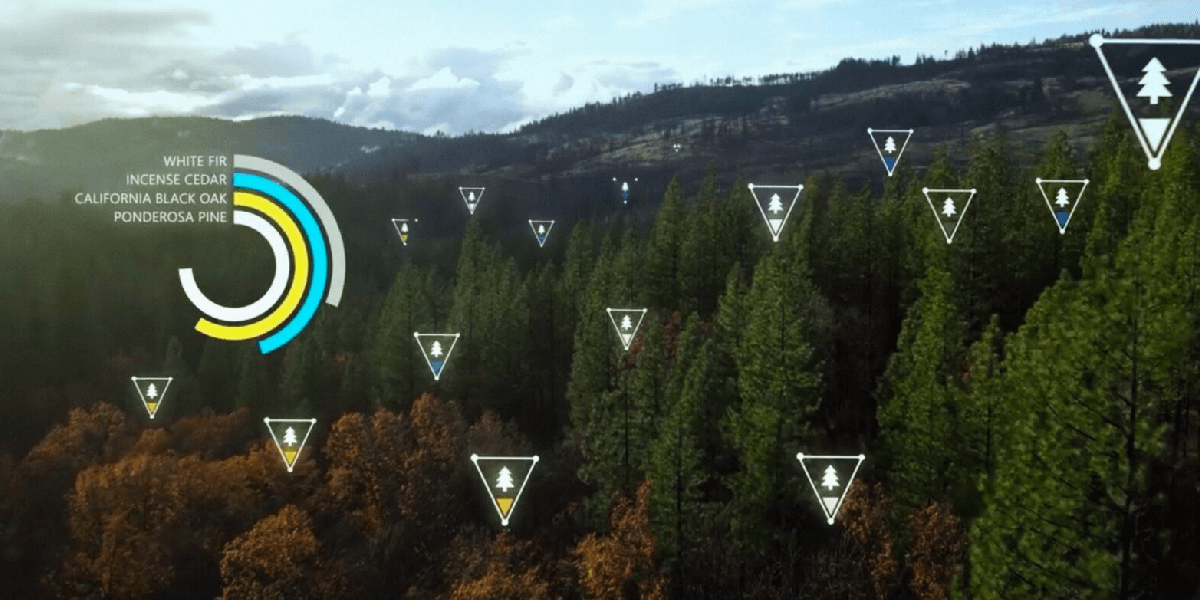The impact of climate change is on a global scale and ranges from drastic shifts in the weather patterns that jeopardize food production to rising levels of the sea that increase the chances of floods. The contribution of artificial intelligence in solving the problem of climate change is significant. AI can be deployed to construct more energy-efficient infrastructures, designing low-carbon substances, greener transportation, and strict monitoring of deforestation. AI is helping humans fight climate change in many different ways.
AI has the potential to save our planet from anticipated dangers. AI helps in building climate models to simulate the present atmospheric conditions and make predictions. Artificial intelligence has the ability to translate raw environmental data into categories that humans understand. The climate data collected from AI programs can be used to conserve water and energy.
The data includes energy consumption statistics, weather patterns, and information about trees, every species, and all of our natural resources. AI can also guide us with the ways we could use the data to build a better world. Microsoft is working in collaboration with researchers all over the world to build an AI-powered planetary computer that can tell us exactly what we need to do to protect the Earth.
AI can help fight climate change in the following ways:

1-Better Climate Predictions:
- AI guides researchers in forecasting more accurate weather conditions, such as tropical cyclones, weather fronts, and atmospheric rivers, with an accuracy of 89 to 99 percent. It helps in keeping people safe from extreme events. Artificial intelligence can recognize patterns of environmental climate data that humans can not identify, make better predictions, and recommend efficient climate policies.
- The Intergovernmental Panel on Climate Change (IPCC) reports are constructed using multiple climate models that display different predictions. AI helps researchers in determining which model is more reliable for accurate predictions.
2-Displaying the impacts of extreme weather:
- Climate change consequences are worsening due to global warming. Artificial intelligence can help researchers to convince the world population about the adverse impacts of climate change so that they can make more informed choices.
- Researchers from Microsoft, Montreal Institute for Learning Algorithms (MILA), and ConscientAI Labs built an AI-based CycleGAN model that will show probable effects of climate change on a particular location known to the viewer. It produces images of that location before and after extreme weather events.
- Researchers are obtaining the help of AI algorithms to study information about melting glaciers. Dr. Joseph Cook, a glaciologist, is working in collaboration with Microsoft to understand how microscopic organisms are associated with the melting of the glaciers.

Image Credit: Heliguy
3-Monitoring atmospheric carbon level:
- Learning-based AI could measure greenhouse gases in the atmosphere, identify sources, and recommend the best solutions to reduce them.
- IBM’s Green Horizon project, in China, can predict air pollution, track sources, and make appropriate strategies to manage the emission. For example, it would shut down industrial plants in a particular area to reduce pollution.
4-Guiding efficient energy consumption:
- AI has helped researchers produce an autonomous electric grid, merging more renewable energy resources. AI is being used in the management of renewable energy, handling power fluctuations, and improving energy storage.
- Wind energy companies are utilizing AI to produce more electricity by integrating real-time weather and operational data.
5-Optimize supply chain:
- Machine learning can minimize production and transportation waste by predicting supply and demand statistics accurately. It can reduce carbon emissions in the supply chains of the food, consumer goods, and fashion industries by optimizing transportation routes.
6-Improve deforestation tracking:
- Deforestation adds approximately 10% of greenhouse gas emissions globally. Trees absorb carbon dioxide emitted by human activities. Artificial intelligence helps in monitoring the health of forests.
- Silviaterra, a San Francisco-based company, partnered with Microsoft to predict the sizes and health of forests using AI technology and satellite imaging.

Image Credit: Microsoft
In summary, there’s a lot of things we can do using artificial intelligence. Innovation depends on our capability to observe things differently. AI can help us break the boundaries and look beyond to solve some of the world’s toughest challenges.

